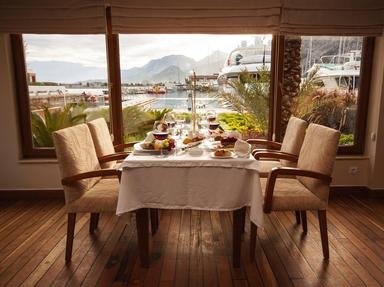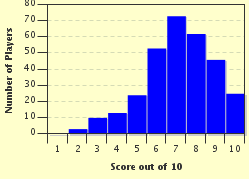Quiz Answer Key and Fun Facts
1. The traditional breakfast egg can be cooked in many different ways and for varying lengths of time to provide multiple choices. Which of these four is NOT cooked in water?
2. This breakfast dish is quite simply bread soaked in beaten eggs and then fried. After what country does this toast receive its name?
3. Eggs Benedict is a very popular meal in many parts of the world and has different names depending on what items it includes. Which of the following is NOT a variation of this dish?
4. A croque-monsieur is the name for a grilled ham and cheese sandwich in France. What does this name change to when a fried egg is placed on top of it?
5. A favourite on picnics is a hardboiled egg that has been wrapped in sausage meat, rolled in breadcrumbs and cooked. What is the name of this traditional snack?
6. This snack is eaten in Southeast Asia and involves a duck egg with a developing embryo that is boiled alive and eaten in its shell.
7. What popular Hors d'oeuvre dish involves taking the yolks out of hardboiled eggs, mixing them with some form of garnish and returning them back into the egg white?
8. Omelettes are one of the most popular types of egg dishes with many countries having their own versions. Which of the following is NOT a type of omelette?
9. Which one of these Italian meals is commonly described as an omelette?
10. One of Australia's favourite desserts is similar to a meringue with cream and fruit. Its incredibly light texture led to it being named after which famous ballet dancer?
Source: Author
Midget40
This quiz was reviewed by FunTrivia editor
ozzz2002 before going online.
Any errors found in FunTrivia content are routinely corrected through our feedback system.

